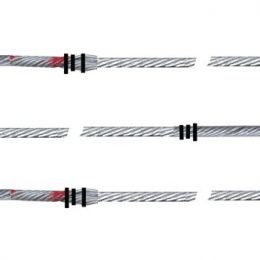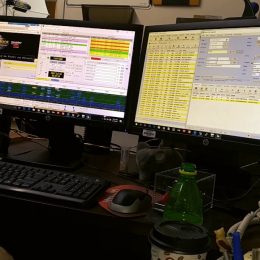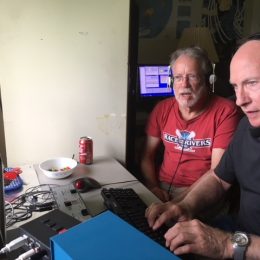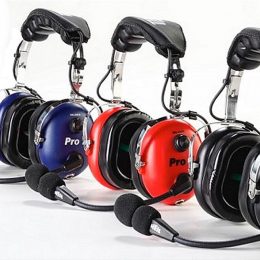Products & Product Reviews
When it’s time to guy your antenna tower, Amateur Operators don’t have an endless list of alternatives. A popular choice is to use continuous metal guy wires. While more economical, […]
Products & Product Reviews
More than 42,000 Hams from around the world flocked to this year’s Ham Fair (August 31-September 1) in Tokyo, hoping to get a first look at what’s on the horizon […]
Products & Product Reviews
DX Engineering has introduced four Complete Fiberglass Telescoping Tubing and Cam Lock Clamp Kits designed for fast deployment, easy transport, and reliable performance of temporary and portable antenna masts. Perfect […]
Events
Did you have a chance to stop by DX Engineering in Tallmadge, Ohio, for its first Hamfest? If not, it’s not too early to mark your calendars for the second […]
Products & Product Reviews
Many an antenna rotator has met its untimely demise due to side-to-side stress and the inability to handle the dead weight from above. Among other benefits, antenna mast thrust bearings […]
HAM Radio 101
The practice of using two antennas, each feeding a separate receiver locked onto the same frequency, to better capture a weak signal. This frequently is an advantage due to the […]
FT8 / Technical Articles
I am guessing that most of you reading this have either heard about FT8 from fellow Hams or heard it on air as that strange repetitive buzzing sound between the […]
HAM Radio 101
Today’s Word of the Day honors one of the pioneers of Amateur Radio, Hiram Percy Maxim, W1AW, inventor and co-founder the American Radio Relay League (ARRL) along with Clarence D. […]
Technical Articles
Contesting is one of Ham Radio’s most popular on-air activities. These are operating events with a time limit—anywhere from an hour or two to 48-hour events spanning an entire weekend. […]
HAM Radio 101 / Products & Product Reviews
If you’re thinking about upgrading your station for the VP6R Pitcairn Island DXpedition (October 18 to November 1), you’re going to want high-quality audio equipment in your shack. You can’t […]







